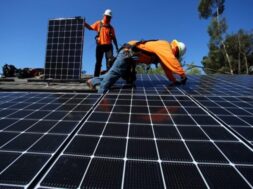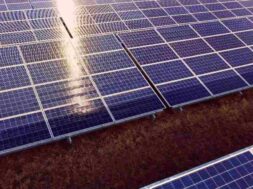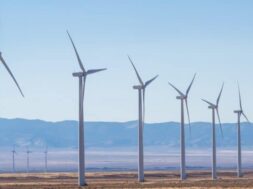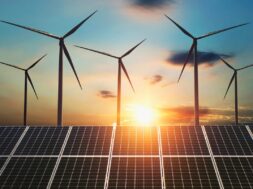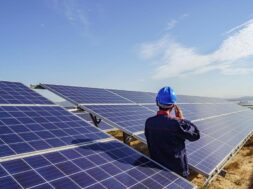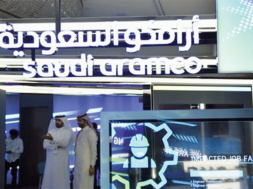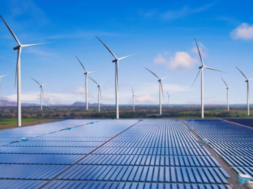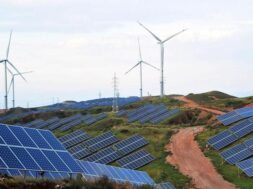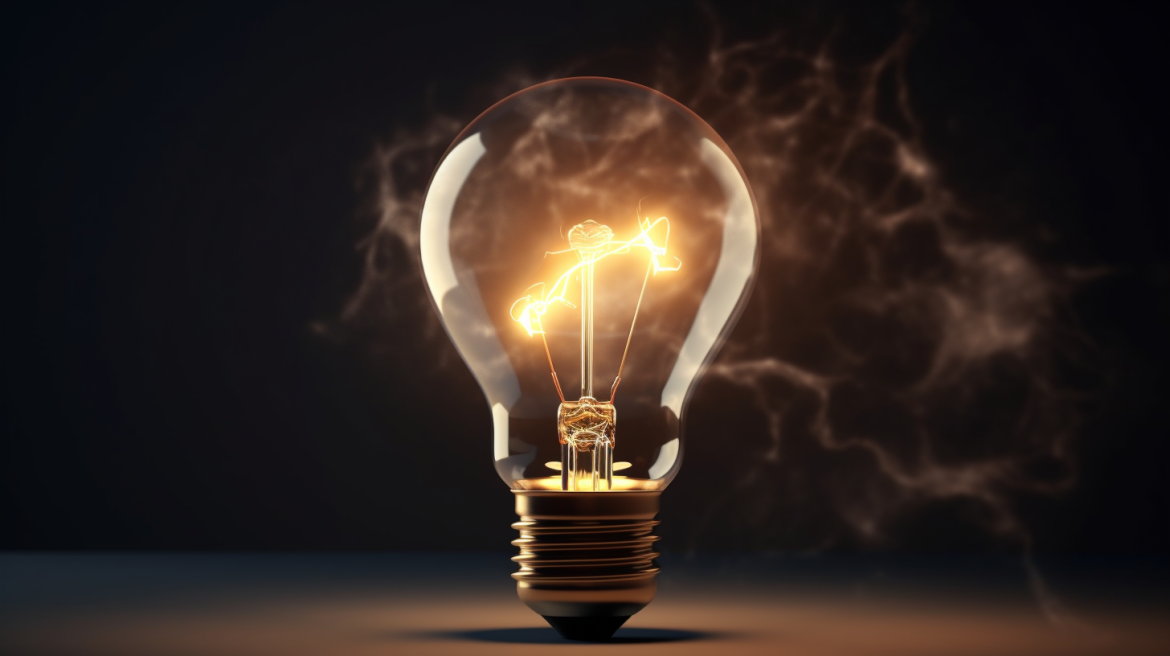
Exploring the Growth and Future Prospects of the Energy Market in the United Arab Emirates
The United Arab Emirates (UAE) has long been synonymous with oil and gas, with the nation boasting some of the world’s largest reserves. However, in recent years, the UAE has been making significant strides in diversifying its energy market, investing heavily in renewable energy sources and emerging technologies. This shift is not only helping to reduce the country’s reliance on fossil fuels but also positioning the UAE as a global leader in the energy sector.
One of the key drivers behind this transformation has been the UAE’s commitment to the Paris Agreement, which aims to limit global warming to well below 2 degrees Celsius above pre-industrial levels. As part of its efforts to meet these targets, the UAE has set ambitious goals for renewable energy, aiming to generate 50% of its electricity from clean sources by 2050. This includes a mix of solar, wind, and nuclear power, as well as the potential for new and innovative technologies such as hydrogen fuel cells and energy storage systems.
The UAE’s investment in renewable energy is already paying off, with the country now home to some of the world’s largest and most advanced solar power plants. The Noor Abu Dhabi solar park, for example, has a capacity of 1.2 gigawatts, making it one of the largest single-site solar projects in the world. Meanwhile, the Mohammed bin Rashid Al Maktoum Solar Park in Dubai is set to become the world’s largest solar energy project upon completion, with a planned capacity of 5 gigawatts by 2030.
In addition to solar power, the UAE is also exploring the potential of wind energy, with the country’s first utility-scale wind farm, the 50-megawatt Dhofar Wind Farm, commencing operations in 2019. Furthermore, the UAE is set to become the first Arab nation to produce nuclear energy, with the Barakah Nuclear Energy Plant expected to begin operations in the near future. Once fully operational, the plant will have a capacity of 5.6 gigawatts, providing around 25% of the UAE’s electricity needs.
Another area of focus for the UAE’s energy market is the development of energy storage solutions, which are crucial for ensuring the stability and reliability of renewable energy sources. The country has already made significant progress in this field, with the world’s largest virtual battery plant, the 108-megawatt/648-megawatt-hour Al Maktoum Solar Park Energy Storage System, set to be completed by 2023.
The UAE’s push for renewable energy is not only helping to reduce its carbon footprint but also creating new economic opportunities. The renewable energy sector has become a key driver of job creation and economic growth, with the International Renewable Energy Agency (IRENA) estimating that the number of renewable energy jobs in the UAE could grow from around 12,000 in 2017 to over 23,000 by 2030.
Moreover, the UAE’s efforts to diversify its energy market have also attracted significant foreign investment, with companies from around the world keen to capitalize on the country’s growing renewable energy sector. This influx of investment is helping to further strengthen the UAE’s position as a global energy hub and is likely to play a crucial role in the country’s continued economic development.
In conclusion, the UAE’s energy market is undergoing a significant transformation, with the country making impressive progress in diversifying its energy sources and investing in renewable energy technologies. This shift is not only helping to reduce the UAE’s reliance on fossil fuels but also positioning the nation as a global leader in the energy sector. As the world continues to grapple with the challenges of climate change and the need for sustainable energy solutions, the UAE’s efforts to embrace renewable energy and drive innovation in the sector serve as a shining example for other nations to follow.


